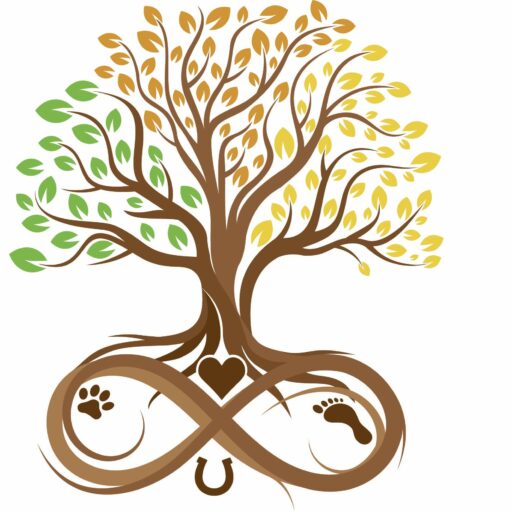What is Animal Assisted Therapy?
Animal Assisted Therapy is defined as a type of therapy that involves animals as a form of treatment. The goal of Animal Assisted Therapy is to improve a person’s:
- social functioning
- emotional well-being
- cognitive functioning
- physical functioning
Animal Assisted Therapy can be used within a psychotherapy setting, and henceforth it is less commonly known as Animal Assisted Psychotherapy. For matter of terms, I will use Animal Assisted Therapy (AAT). AAT is a tool that is used in conjunction with other theoretical approaches. Every counselor will tailor their approach in animal-assisted within their unique theoretical orientation. In my approach to working with animals, I believe the animals has every bit a voice in the session as humans do. The animal is never “used” in session but worked with in a voluntary manner. I often help people work through building confidence, setting boundaries, practicing assertiveness, calming their emotions, building trust, building a healthy relationship, among other things while working with animals.
How can Animal Assisted Therapy benefit me?
Animals Assisted Therapy is proven to be beneficial for emotional, physical, and mental well-being.
Emotional: Animals can create emotions in us that we cannot receive from other human beings. Animals provide an emotional support because naturally they are genuine, nonjudgmental, and accepting. Animals can help create a safe and trusting environment that can decrease anxiety about coming to counseling, and working through tough life situations.
Physically: Depending on how you want to work with the animal, animals can have physical benefits such as movement, mobility, and coordination. Working with an animal gives you the opportunity to think outside the box during a counseling session and work within the realm of the whole body.
Mentally: Working with animals can help gives us skills of confidence, assertiveness, and follow through. These skills can be accomplished through a myriad of techniques and tasks while working with the therapist and animal. There is also a biological component at work with interacting with a live animal. Oxytocin is a chemical in the brain that is correlated with bonding and safety, and when petting an animal our body’s production of oxytocin increases during that time.
Can Animal Assisted Therapy work for people of all ages?
The simple answer is yes it can. We individualize our treatment plans for each individual. The animal that we are working with will typically offer an on-going sense of emotional support as well as other techniques and activities that we may pull in to help move toward treatment plan goals.
Children: Animal Assisted Therapy can benefit children greatly in therapy. Therapy can be scary and unknown for children and an animal can help lessen that anxiety that a child feels when walking into the room. Along with providing ongoing emotional support, working with animals can help children who struggle with focusing, emotional control, externalizing emotions, appropriate social behavior, hygiene (grooming), motor skills, attachment, and awareness of actions.
Adolescents & Young Adults: Animal Assisted Therapy can benefit adolescents and young adults greatly. Animals can give younger individuals a reason to buy into therapy and see it as a safe place, much like for children. With adolescents and young adults working with animals can be both cognitively, emotionally, and physically beneficial. Working with animals can help this age group work through confidence, body image, shyness, social skills, developing plans, creating opportunities, understanding communication, and working through conflict appropriately.
Adults: Animal Assisted Therapy can benefit adults just as much as it benefits other age groups. Animals can provide support and encouragement in ways that many adults lack in our busy, hustling society. The techniques and activities used with the animal in therapy can align with treatment plans as well. Talk therapy is beneficial, but there is another layer that is added on when working directly with an animal to improve areas such as communication, assertion, confidence, relationship patterns, emotional regulation, self-esteem, along with all of the other areas listed above as well.
How do Animal Assisted Therapy sessions work?
Animal Assisted Therapy sessions work like traditional therapy sessions, only with the animal being a part of the treatment plan. The sessions are still 50 minutes in length for individuals, and each individual goes through the steps of counseling in the way they choose. Individuals create therapeutic goals and each person will work toward their goals in a uniquely tailored plan created by both that individual and the counselor. If Animal Assisted Therapy is something that interests you inquire which therapist has the ability to work with animals.
It is not required that you work with an animal at Courage To Connect Counseling. I offer both traditional and animal-assisted therapy. You may choose what form you would prefer.
